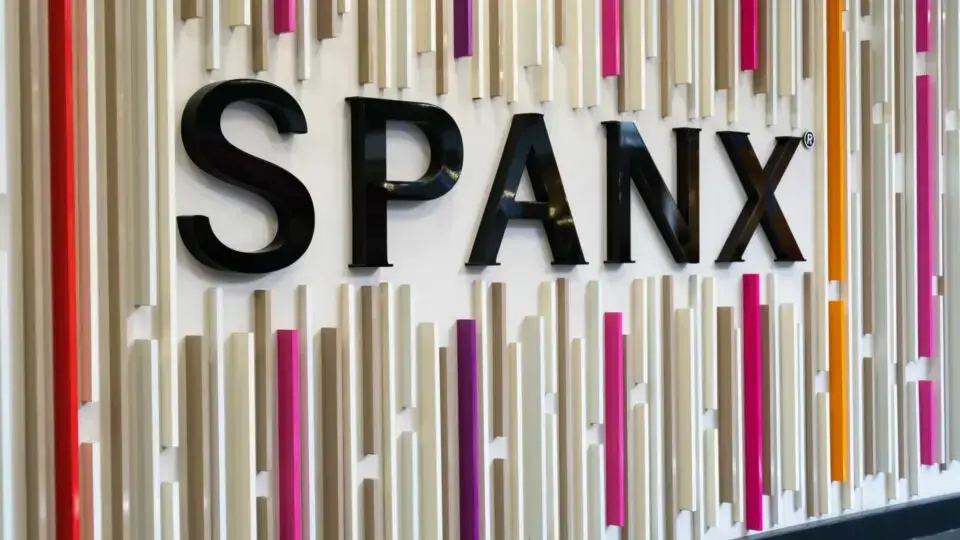Lighting Is Everything
- Chris Kimling
- May 6
- 2 min read
Updated: Jul 11
Lighting is one of the most important parts of creating a professional-looking video or film. It took me years to become skilled at it, and it is something I’ve grown genuinely passionate about. I love watching YouTube videos where people break down their lighting setups, I have learned a lot that way. Throughout my career, I’ve slowly built up a solid lighting kit, and I’ve learned so much that I now sometimes work as a gaffer in addition to my usual roles.
My first light was something I made myself. I drilled sockets into the back of a dishpan to hold lightbulbs, then covered the exposed wiring with a brownie pan. I mounted it to a light stand using an umbrella bracket. Very professional, I am sure my early clients were impressed. Since then, I’ve come a long way. I now have a full arsenal of lighting and grip gear that I’ve used on countless interviews, commercials, and short films. And my kit continues to grow.
But just having lights is only half the battle. You have to know how to use them. One of the first things anyone learns about lighting is the importance of soft light. Getting soft, flattering light usually means using the right modifiers. Softboxes are great for this, and I recently invested in some diffusion frames, which I’ve been using more and more. Diffusion frames are also amazing for shaping light outside. Hard light has its own strengths too, and I have some modifiers for that when the scene calls for it.
Something that often gets overlooked by less experienced shooters is the power of color contrast in lighting. When all the lights in a scene are the same color temperature, the result can lack depth and visual interest. A simple way to spice up a shot is to mix color temperatures of your lights. For example, using a daylight key light and a warm backlight, or the other way around. This works especially well for interviews. I’ve had some great results with this approach. My Litepanel Gemini 1x1 lights are fully RGB, so I can dial in just about any color I want. I’ve had a lot of fun using them to create more stylized looks when the project allows for it.
When I look back at my older work, I can clearly see how much I’ve grown over the past five years. I’ll look at an old interview I shot and immediately know how I would light it differently now. A big reason for that growth was working on short films in my spare time. Getting the lighting right on a narrative project is critical for setting the mood of a scene. Working on those films forced me to look at lighting in a different way, and I’ve carried that mindset into my professional work ever since.
Lighting is one of those things that can quietly make or break a project. When it’s done well, most people don’t even notice it. But when it’s off, it can take the viewer out of the story completely. For me, mastering lighting has been one of the most rewarding parts of my journey in video production. It is something I’ll always be learning more about, and that is part of what keeps it exciting.






Comments